Jammin in Jamaica
Upon reaching Jamaica, we will be landing in Montego Bay, a coastal city known to be the relaxation spot of the rich.
History
Montego Bay is the capital of the Parish of St. James in Jamaica. At first, the land was inhabited by the Tanios people, before being "discovered" by Columbus in 1494. The Spanish began to settle in Montego Bay after 1510 and they called the Bay "Bahia de Mantegna" because of the large quantities of pigs' lard they exported to their colonies in South America and the West Indies. Montego Bay was a small town for the first part of the 18th century.
Some time after 1720 a Captain Jonathan Barnett sub-divided a portion of his sugar cane fields and created Charles Town, with Charles Square now called Sam Sharpe Square, and Barnett Town. This resulted in the rapid expansion of the town and its commercial waterfront, as during this time most trade and communication was by sea.
As sugar was planted, Montego Bay took on new importance, and St James became the most important sugar-producing parish on the island. Wealthy planters and merchants
kendalllowe12
6 chapters
16 Apr 2020
Montego Bay
November 17, 2015
Upon reaching Jamaica, we will be landing in Montego Bay, a coastal city known to be the relaxation spot of the rich.
History
Montego Bay is the capital of the Parish of St. James in Jamaica. At first, the land was inhabited by the Tanios people, before being "discovered" by Columbus in 1494. The Spanish began to settle in Montego Bay after 1510 and they called the Bay "Bahia de Mantegna" because of the large quantities of pigs' lard they exported to their colonies in South America and the West Indies. Montego Bay was a small town for the first part of the 18th century.
Some time after 1720 a Captain Jonathan Barnett sub-divided a portion of his sugar cane fields and created Charles Town, with Charles Square now called Sam Sharpe Square, and Barnett Town. This resulted in the rapid expansion of the town and its commercial waterfront, as during this time most trade and communication was by sea.
As sugar was planted, Montego Bay took on new importance, and St James became the most important sugar-producing parish on the island. Wealthy planters and merchants
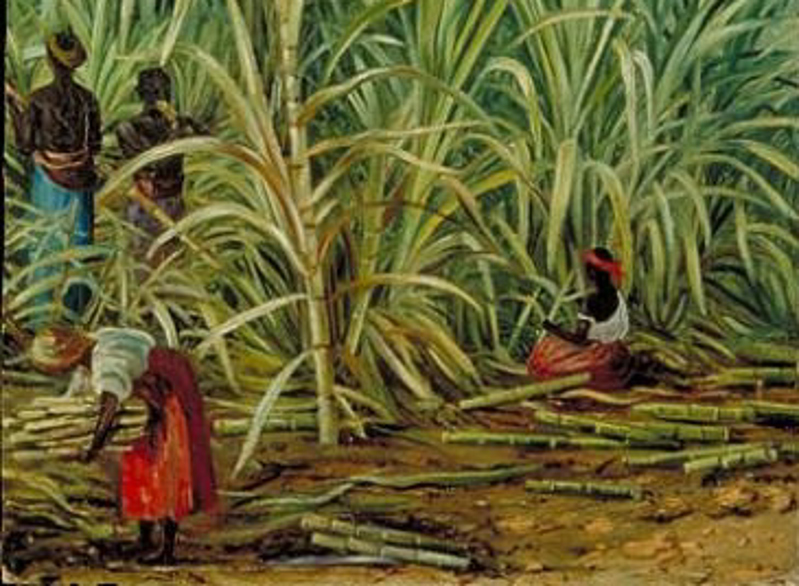
erected lavish townhouses and a parish church. Many original buildings perished in fires and hurricanes, which also destroyed valuable records in the western part of the island.
After emancipation in 1834 the sugar trade slipped into decline. The city once again languished until it was revived by the development of the banana trade, and by the tourist trade that developed in the late 1880s when Dr Alexander G McCatty founded a sanitarium at what is today Doctor’s Cave Beach.
Religion
According to the most recent census (2001), religious affiliation in Jamaica consists of 64% Christian (62% Protestant and 2% Roman Catholic), 2% Jehovah's Witnesses, 3% unstated, and 10% other.[1] The category other includes 29,026 Rastafarians, an estimated 5,000 Muslims, 3,000 Buddhists 1,453 Hindus, and approximately 350 Jews.
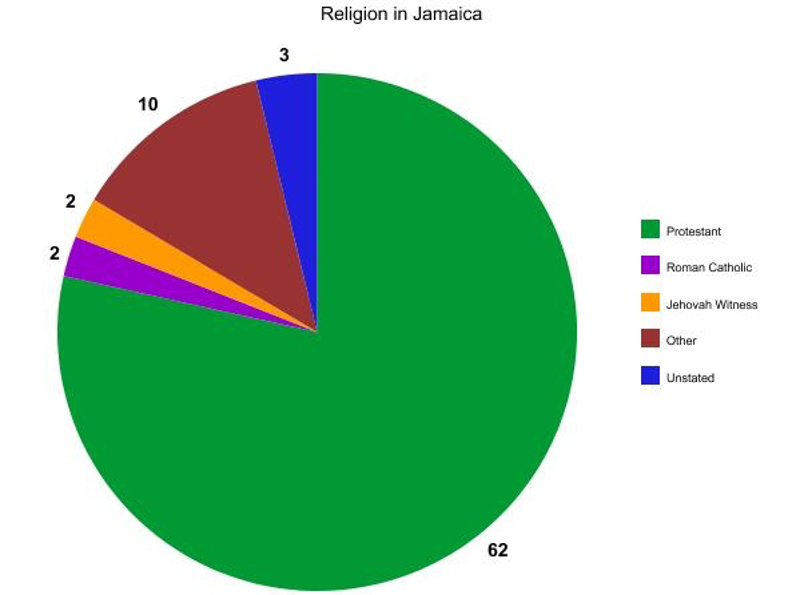
Population
Montego Bay is the 3rd largest city in Jamaica, following Kingston, and Spanish Town. The population of Montego Bay, Jamaica is 82867.
Ethnicities
Montego Bay is comprised of mainly native born people. Due to tourism, however, the number of non natives, or "half bloods" have increased. Statistically Montego Bay is made up of races including: Jamaicans are 90.9 percent black, 1.3 percent, East Indian, 0.2 percent white, 0.2 percent Chinese, 7.3 percent mixed ethnicities, and 0.1 percent other ethnicities.
Language
Jamaica Language is a reflection of the diversity of the people of
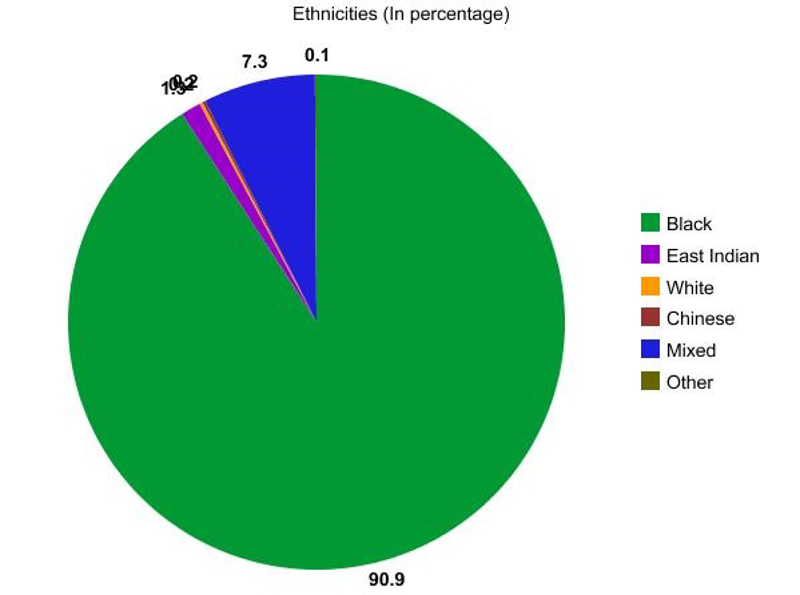
Jamaica. The most unique of the languages of Jamaica is a dialect formed by the mixing of words from many languages with English. It is known as Jamaican Creole or Patois. The Jamaican Creole having elements of English is however not easy to understand for outsiders because of the way it is spoken by the Jamaicans.
Literacy Rates
Montego Bay is among the three parishes performing way below Jamaica's national standard. With (combined) rates of only 65.5 percent, the mayor of the Bay has been implanting programs in hopes of rising the city's poor rate.
Life Expectancy
Overall, Jamaicans (typically) live till they are 71 years old.
Currency and Economy
Due to their being a tourist run city, Montego Bay runs on the use of all types of money. Currency Exchange stations are more abundant than ATMS, and foreign money is taken at restaurants, stores, and many other public settings. Besides their main industry of tourism, Jamaica is also widely known for its production of alcohol, and crop.
Geography
Jamaica is an island in the West Indies, 90 mi (145 km) south of Cuba and 100 mi (161 km) west of Haiti. It is a little smaller than Connecticut. The island is made up of
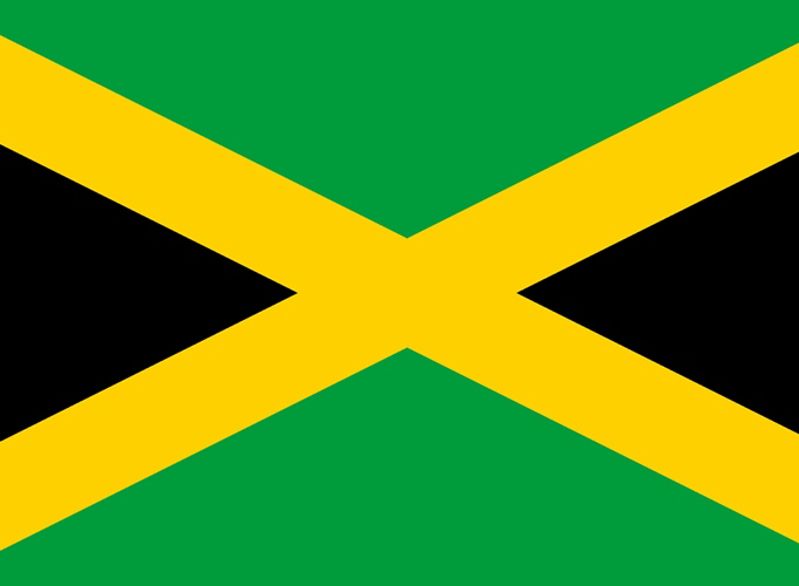
coastal lowlands, a limestone plateau, and the Blue Mountains, a group of volcanic hills, in the east.
Government
Jamaica's government is considered a constitutional parliamentary democracy and a Commonwealth realm. It has an executive branch with Queen Elizabeth II as chief of state and a local position of head of state. Jamaica also has a legislative branch with a bicameral Parliament consisting of the Senate and House of Representatives.
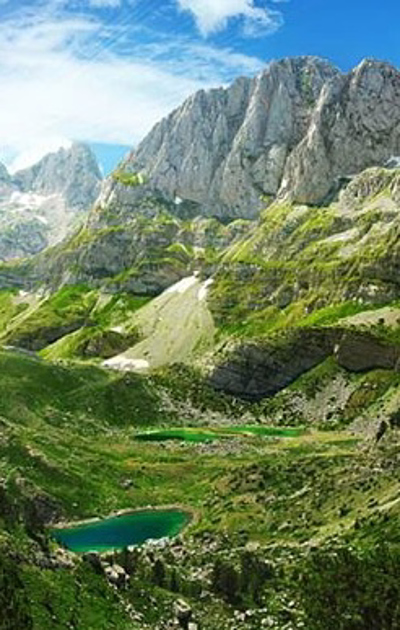
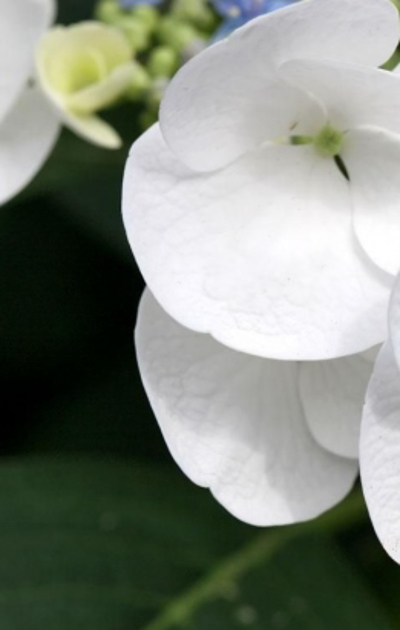
Share your travel adventures like this!
Create your own travel blog in one step
Share with friends and family to follow your journey
Easy set up, no technical knowledge needed and unlimited storage!